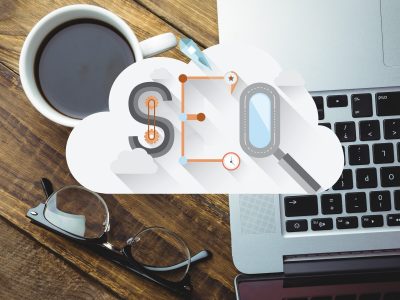Fixed expenses are essential for determining a business’s break-even point and long-term viability. It is crucial for business owners and executives to have a firm grasp on the topic of controlling fixed costs. The following are examples of What is a fixed expense:
The following are some examples of fixed costs: Money Paid for Rent or a Lease
Rent payments are frequently listed as one of the top Fixed expenses for every given business. No matter how busy the company becomes, the rent is always due on the same day each month. The following items fall under this heading:
Insurance premiums and monthly power payments are two examples of fixed expenses
Insurance is the term used to describe the regular cost of maintaining insurance. Utilities, on the other hand, tend to be very stable in price.
- Everything related to utilities is included in this price.
- Electricity, gas, and water bills, as well as insurance premiums.
- Insurance coverage for damage to property.
- Workers’ compensation for injuries.
- Salaries and perks are one kind of fixed cost that businesses incur.
- This is a flat rate of pay that does not vary with the number of hours worked. Included in this total are employee salaries, employee perks, and payroll taxes.
Property taxes are an example of a fixed expense
These taxes are due once a year or twice a year, depending on how often the property is evaluated. Both real estate and personal property, such as vehicles and office furniture, are included in this tax.
Expenditures that don’t fluctuate over time are examples of fixed costs.
Depreciation is the loss of value that occurs over time in a given asset. Depreciation refers to the amortisation of fixed costs over the useful life of an item.
Amortisation is an example of a fixed expense.
The price of an intangible asset (such a purchased patent) may be written off as an operating expenditure throughout the duration of the asset’s useful life.
Interest payments are one example of fixed expenses.
This is the cost that the lender incurs when they provide credit to a business. This is a fixed expense only if the interest rate is established in the loan agreement.
Follow these procedures to calculate your company’s monthly fixed expenditures:
Write down everything you’ve spent money on.How Much Do Your Fixed Costs Add Up To?
The first step in determining your company’s fixed expenditures is to compile a comprehensive inventory of all of its costs. Some of these costs will remain same no matter what, while others might increase or decrease. Having a thorough awareness of the expenses involved with your business is a wonderful first step towards creating fixed expenditures.
Think about the prices we’ve listed.How Much Do Your Fixed Costs Add Up To?
It’s common for people to overlook certain details when they initially start gathering information on prices. The following items are included in personnel-related costs:
- Necessary authorisations and regulations
- Repair and maintenance costs
Conclusion
After putting up a complete picture of your costs, you should sort them into fixed and variable categories. It’s crucial to account in both whether something is acquired at a fixed price and if the rate of a cost fluctuates from month to month based on various circumstances.













Comments